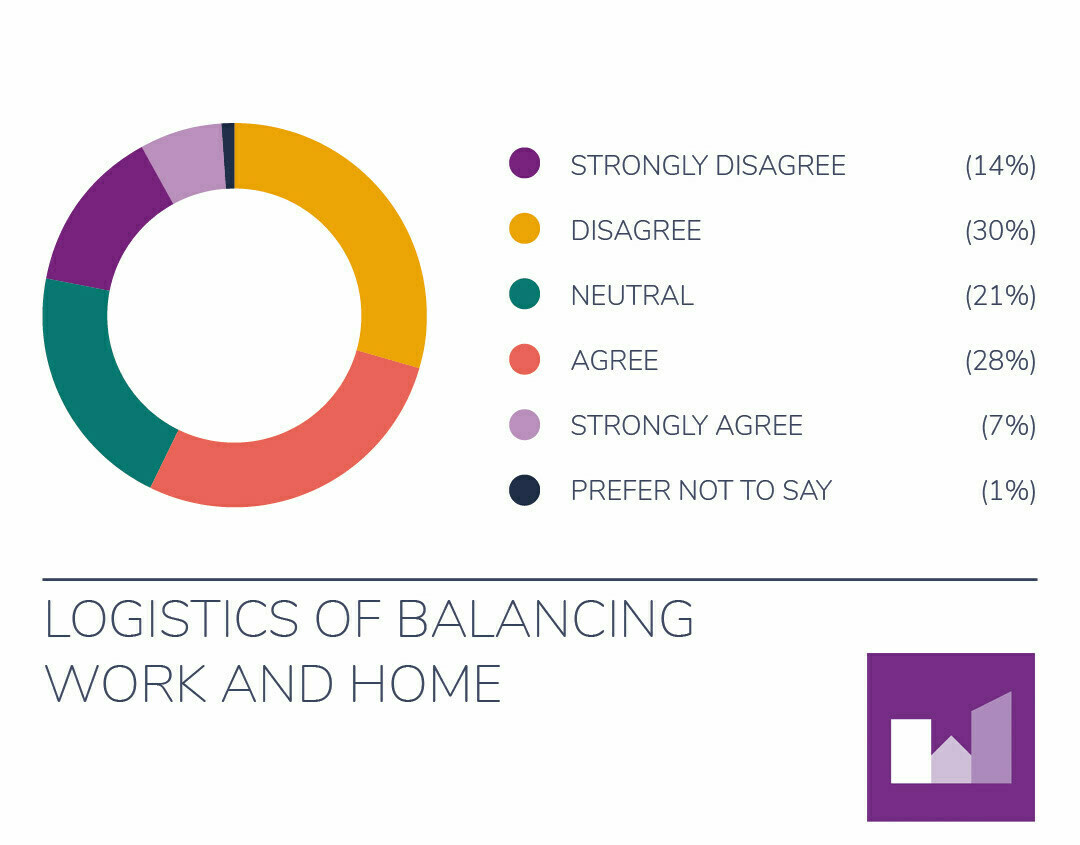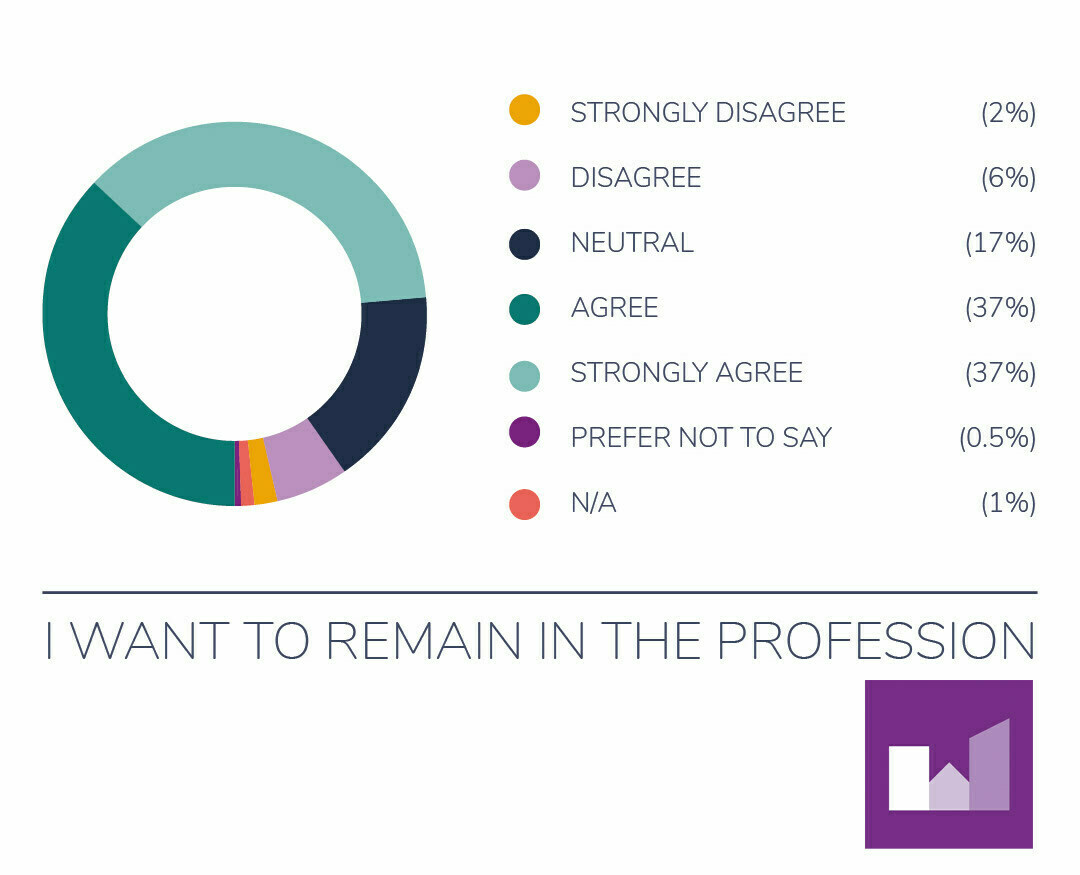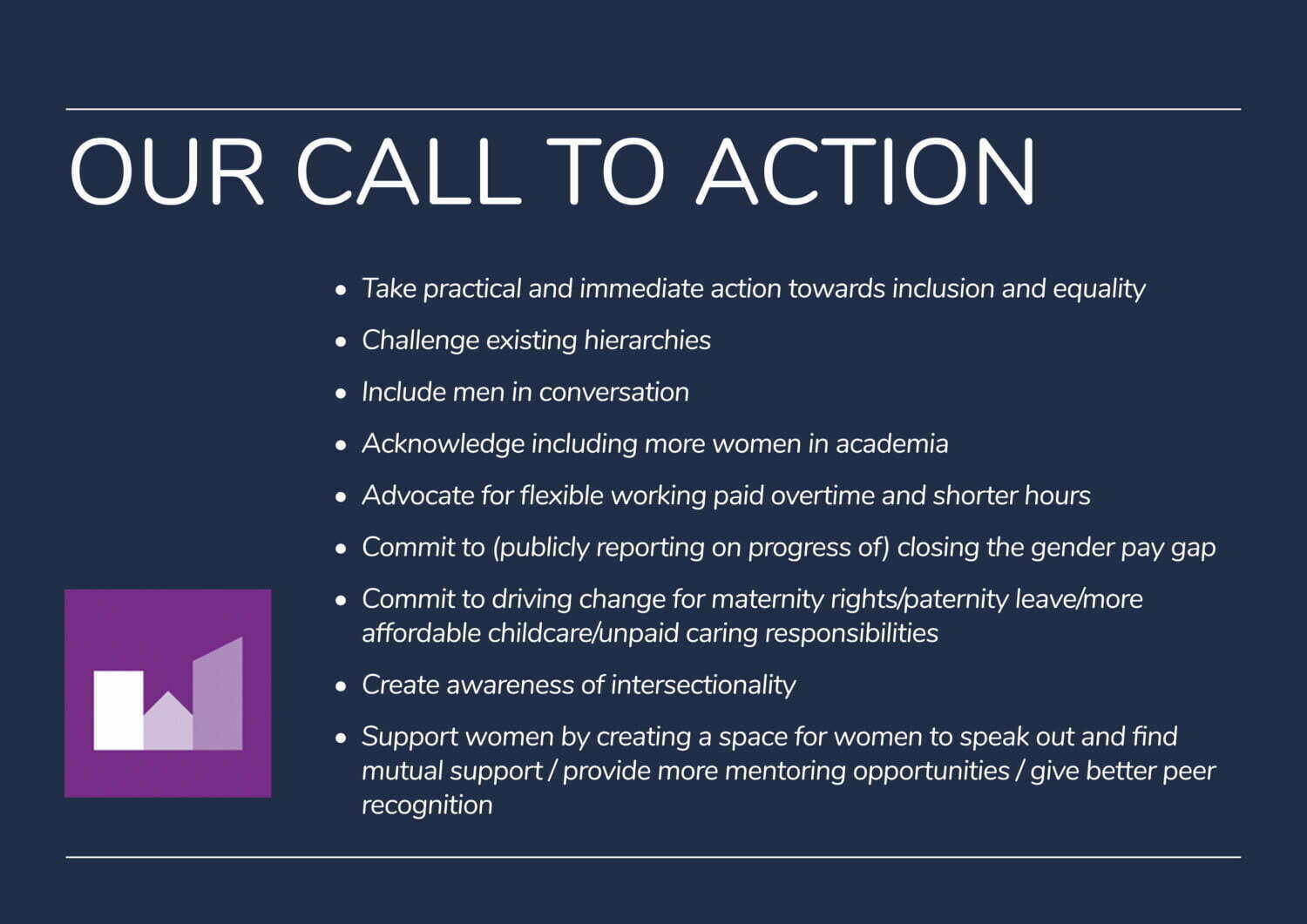Women in Architecture UK Chair Anna Schabel reports on the findings of the recent WIA survey on the future of women in the profession.
In February 2021, Women in Architecture UK (WIA) compiled a survey into the Future of Women in Architecture. We had 265 responses from all over the UK and even from further afield. With the help of our volunteers, whom I’d like to thank especially, we have launched the survey report and Call to Action.
We hope the report can serve as a springboard for discussing issues on which women have long campaigned for: equality and equal pay, childcare and work/ life balance, flexible work and shorter hours, recognition and respect. We want everyone to take up our Call to Action and make change happen in their communities.
In April 2020, during the first lockdown in the UK, WIA started a series of online events called ‘Remember Corona’. We aimed to record and learn from the disruption in our working and everyday life. The series culminated in an event called ‘The Power of Sharing’, where we invited people to share images and stories of their altered experience, and discussed the new reality in an online event. We also posted these images and stories on the Parlour Instagram account.
During these and following events, we heard lots of personal stories and had lots of feedback. We didn’t know how to record them and whose voice would be heard. The disruption of the lockdown and pandemic was a strong starting point to investigate what the future could look like. We realised that the voice we wanted to hear was neither anecdotal nor a narrator, but our community itself.
The survey questions cover four sections: from ‘who we are’ to ‘what does our work-life look like’, ‘what are the main concerns now?’ to ‘what will we take into the future of architecture?’.
We had many young voices responding to our survey – nearly two-thirds of the respondents were under forty. This number is, in part, expected – we know the industry has a retention problem – and also appreciated, as these are the voices of the future of our profession.

The answers to our question about whether balancing the logistics of work and home has got easier were pretty mixed – from strong disagreement to strong agreement. This might be because individual circumstances for our respondents varied greatly.
Firstly, young students and architects at the start of their career had to contend with difficult issues of shared houses and limited space. They also missed colleague support and the social side of work. Secondly, perhaps the most difficult circumstances were for those people with young children, as homeschooling was pretty much a full-time job in itself. And thirdly, those with older children or no children appreciated the flexibility that comes with working from home. It is worth noting that, anecdotally, employers have learnt to trust people to do their best, whatever their circumstances, when working from home.
One of the powerful positives that came out of the survey was that 68% of people could work effectively online, with only 13% disagreeing. So, technology works well on the whole. There are some BUTS, though; it turned out that effectively contributing to design was seen as more difficult, collaborating with colleagues more complicated, and it was felt there was a lack of support from the workplace.
Other concerns to come out of the survey are the long hours, low pay and the poor childcare support. Lack of diversity and awareness of intersectionality, combined with fewer opportunities, further restricted women’s career options.
All these issues took their toll on mental health. Only just under a third of respondents said that their mental health is good.
These seemingly intractable problems have not gone away due to changing working practices in the pandemic – they are the main reasons women leave architecture in significant numbers.

So, how can we address the need to respond to these findings?
We believe that the long-term issues are as important as ever.
In terms of the next couple of years:
- Architectural assistants and young architects need to be supported appropriately – that means giving them the space and conditions to work and learn from more experienced people in the team.
- Childcare for toddlers and children at junior schools is particularly problematic, and employees and colleagues need to adopt a realistic expectation of hours that can be worked.
- For those with older children or no children, having more flexibility is a big plus, so we need to figure out how to take these benefits into the future.
- Those who would now prefer to work entirely from home need to be mindful of the support they could and should be giving to younger staff.
In conclusion, we would say that the pandemic has aggravated the strain on balancing work and life and the stresses on mental health and finances. Architecture is not a diverse or inclusive profession and is suffering from a brain drain as women leave early in their careers, often due to the low pay, long hours and the lack of flexibility and support around childcare.
We have heard the demands of women in this profession and want to give them a voice that is heard. Now it is time to take these demands on board and create a profession that works for everyone promoting equality, inclusivity and diversity in real-time. The report culminates in a Call to Action.

With big thanks to the fabulous WIA committee, Ibstock for their support, members Karen Fugle and Wendy de Silva for help with the article!
Anna Schabel is current Chair of Women in Architecture UK. WIA strives to promote, advance and celebrate women’s ongoing contribution to architecture. We aim to raise the profile, represent the views and promote the progression of women in architecture and the built environment professions. See the WIA website.
Women in Architecture UK asks the Parlour community to please help to spread the word, download the survey and don’t forget that volunteers have mainly done this work, so please consider donating on the WIA Go-Fund-Me page to help the group continue our work.




















